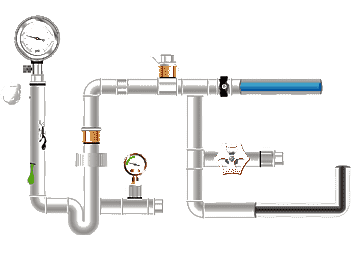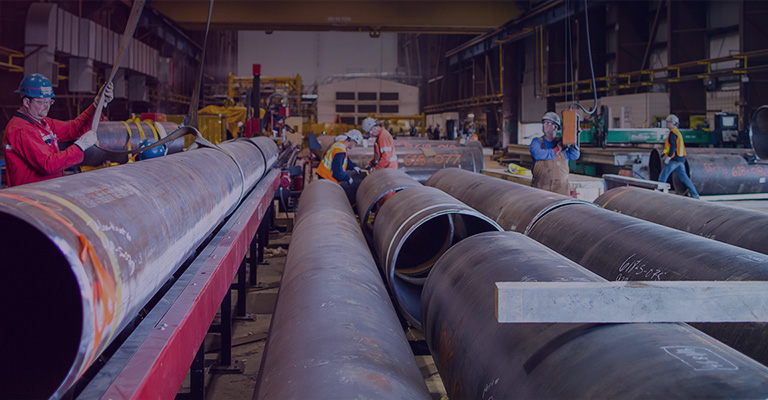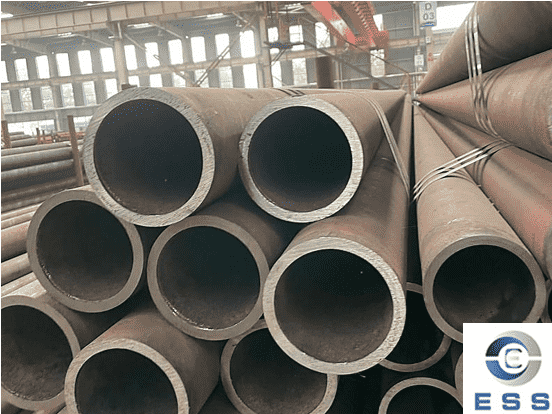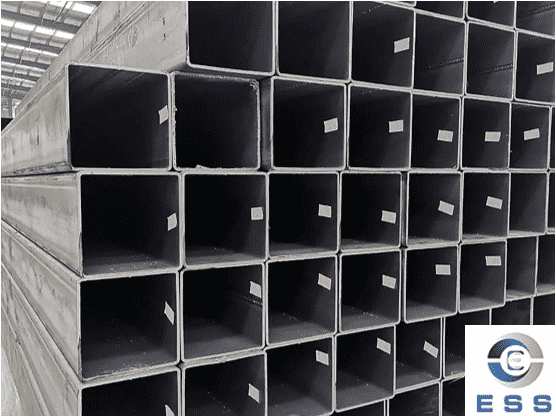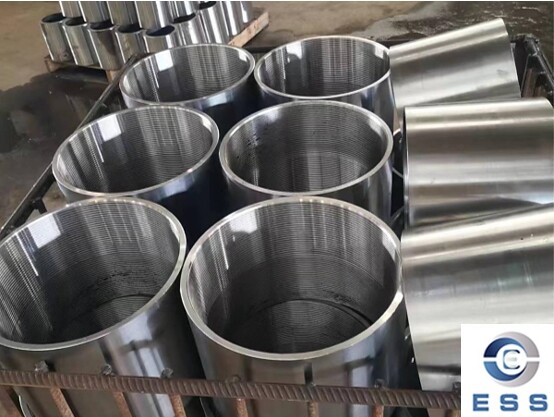
As the name implies, casing
coupling is a kind of joint that connects casing pipe and
pipe together. It is mainly used for the connection between casing pipe and
pipe, which can effectively prevent water leakage, air leakage and other
problems in pipe, and ensure the normal operation of pipe. Compared with the
traditional welding connection method, the connection of casing coupling is
tighter and more stable. It can also be disassembled and replaced according to
actual needs, which is more convenient to use.
The size of casing coupling varies
according to specifications. The common outer diameter ranges from 21.3mm to
114.3mm, and the inner diameter is determined according to the wall thickness
of the matching pipe. The length is usually between 100mm and 300mm. The
specific size needs to refer to national or industry standards, such as API 5CT.
Casing coupling size standard
Casing coupling size standards are divided
into international standards and Chinese standards. The following are common
standards and their main contents:
1. International standards
Common international standards include
American standards, European standards and Japanese standards. Taking the US
standard as an example, its main contents are as follows:
Nominal diameter range: 1/2 inch (DN15) to
120 inches (DN3000).
Wall thickness requirements: ANSI B16.9 and
other standards.
Joint type: divided into pipe flange connection, threaded connection, welding connection, etc.
2. Chinese standard
Common Chinese standards include GB, JB,
SH/T, SY/T and other standards. Taking GB as an example, its main contents are
as follows:
Nominal diameter range: 15mm to 3600mm.
Wall thickness requirements: GB, SH/T and
other standards.
Joint type: divided into flange connection,
threaded connection, welding connection, etc.
Differences between different standards
Due to differences in the basis for
formulation, scope of application and development history between different
standards, there are differences between different standards. Mainly manifested
in the following aspects:
1. Nominal diameter range
The nominal diameter range of Chinese
standards is larger than that of international standards.
2. Wall thickness requirements
The requirements for wall thickness in
Chinese standards are stricter than those in international standards.
3. Joint type
There are many joint types in the Chinese
standard, while the international standard is mainly flange connection.
Common sizes
There are many sizes of casing couplings.
According to the size, they can be divided into large-diameter casing couplings
and small-diameter casing couplings. The common sizes are shown in the
following table:
|
DN
|
Outer
Diameter(mm)
|
Wall
Thickness(mm)
|
|
15
|
21.3
|
2.8
|
|
20
|
26.9
|
2.8
|
|
25
|
33.7
|
3.2
|
|
32
|
42.4
|
3.5
|
|
40
|
48.3
|
3.5
|
|
50
|
60.3
|
3.5
|
|
65
|
76.1
|
4.0
|
|
80
|
88.9
|
4.0
|
|
100
|
114.3
|
4.5
|
Precautions for selecting casing
couplings
In addition to the above basic size
parameters, the following points should be noted when selecting casing
couplings
1. Make sure that the selected coupling
matches the material of the connected casing pipe to avoid connection problems
caused by material differences.
2. Check the surface quality of the
coupling to ensure that it is smooth and burr-free to avoid affecting the
sealing effect.
3. Refer to national or industry standards
(such as API 5CT, etc.) for purchase to ensure that the selected product meets
the relevant requirements.
Summary
For casing coupling size standards, the
international standards mainly include ISO, API, ASME, JIS, GB, JB, HG and
other standards. There are many sizes of casing couplings, and the appropriate
size can be selected according to actual use needs.









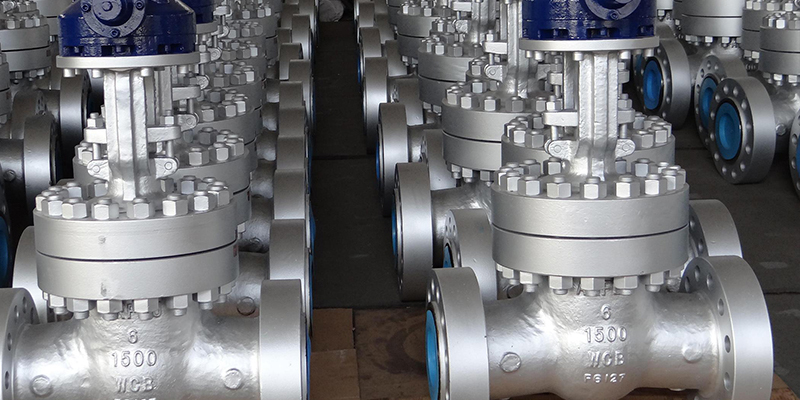
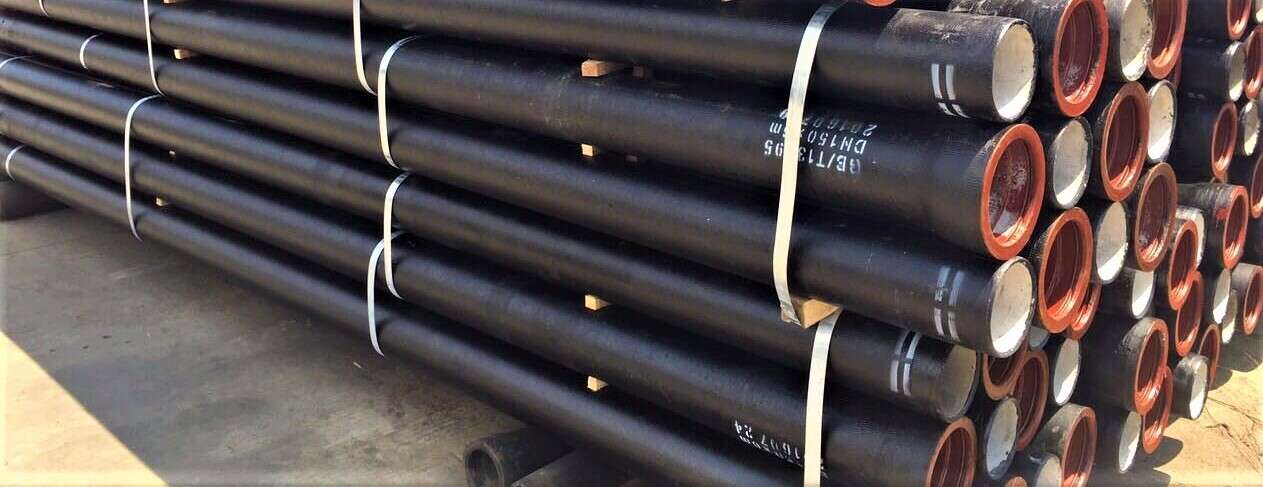


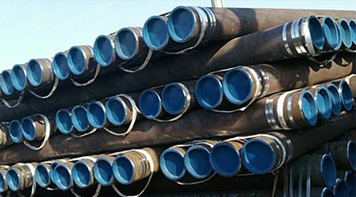 Eastern Steel Manufacturing Co.,Ltd not only improve product production and sales services, but also provide additional value-added services. As long as you need, we can complete your specific needs together.
Eastern Steel Manufacturing Co.,Ltd not only improve product production and sales services, but also provide additional value-added services. As long as you need, we can complete your specific needs together.
